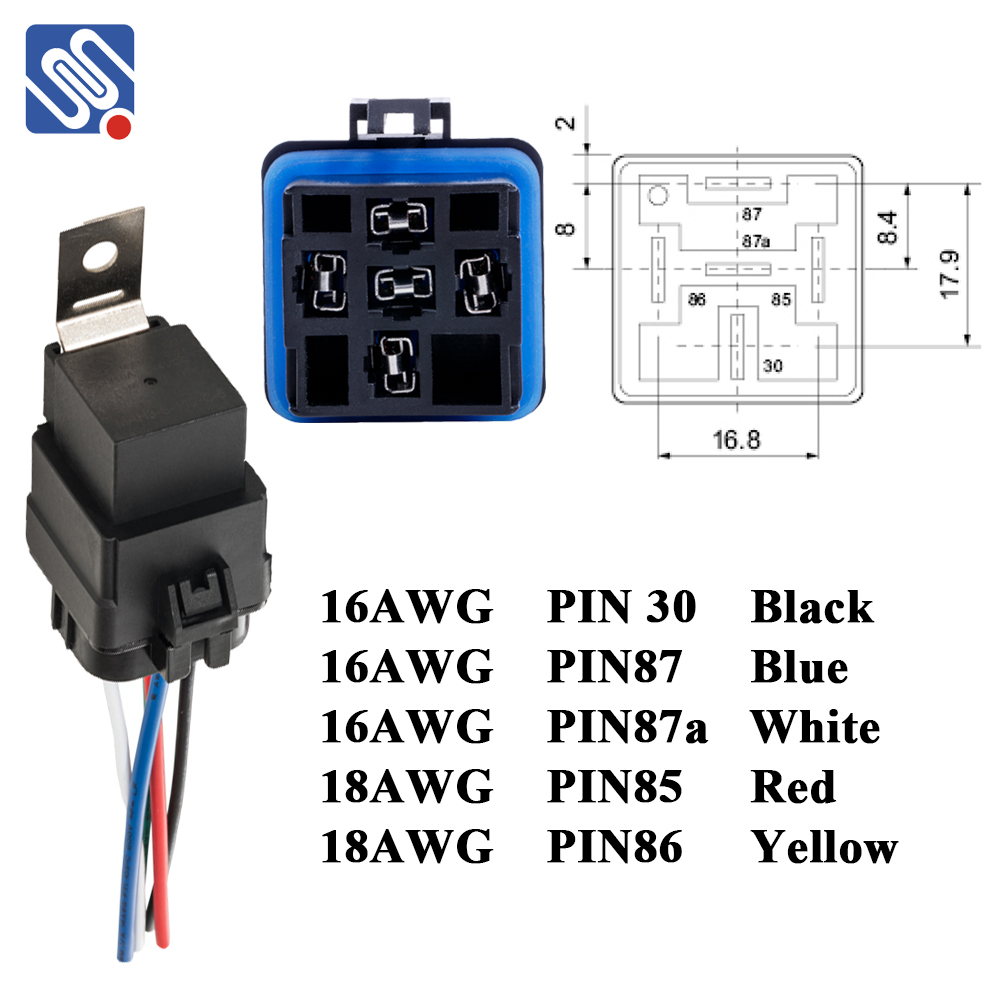understanding relay wiring: a guide to meishuo relays and their applications
Release time:2025-05-10 00:56:39
Relay wiring plays a crucial role in many electrical systems, enabling control over high-power circuits using low-power signals. One brand that stands out in the industry is Meishuo, which provides high-quality relays widely used in various sectors, from industrial applications to household appliances. In this article, we’ll explore the importance of relay wiring, how Meishuo relays contribute to the process, and why they’re trusted by professionals worldwide.

What is a Relay?
At its core, a relay is an electrically operated switch that allows you to control a large current circuit with a smaller current. It functions by using an electromagnet to open or close the contacts of a switch, enabling remote control of high-power equipment with low-voltage signals. Relays are indispensable in many modern electrical systems, providing both safety and efficiency.
How Does Relay Wiring Work?
Relay wiring is the process of connecting a relay to an electrical system to control different devices. It involves wiring the relay’s input terminals, output terminals, and control signal sources. The process begins by connecting the input terminal to a control circuit, often a microcontroller or a switch. When the control circuit sends an electrical signal to the relay, the relay is activated, which in turn completes or breaks the connection on the output terminals, thus controlling the power circuit.


